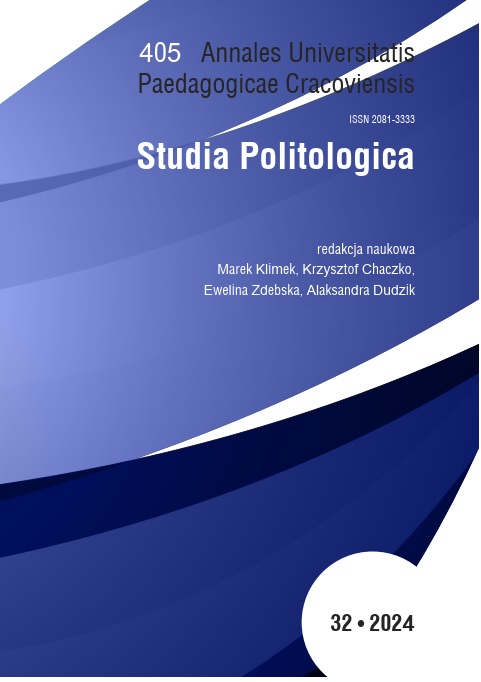The difficulties of the transition of the Republic of Moldova. The socio‑economic and cultural premises
Bariery transformacji Republiki Mołdawii. Uwarunkowania społeczno‑ekonomiczne i kulturowe
DOI:
https://doi.org/10.24917/20813333.32.7Słowa kluczowe:
Republic of Moldova, Transnistrian War, economic crisis, social problems, Republika Mołdawii, Wojna naddniestrzańska, kryzys gospodarczy, problemy społeczneAbstrakt
In 1991, a new independent state appeared in Europe – the Republic of Moldova. In the following years, this state went through an extremely complicated period: the 1992 Transnistrian War and an unprecedented economic crisis with drastic decreases in GDP. One of the elements that contributed to this state of affairs was the social structure inherited from the Soviet era. After the crisis of the 90s, there was a short recovery in the years 2001–2009, a recovery that was mainly based on income from Moldovans who went to work abroad. In the country, however the children remained without the education of their parents, who were usually under the guardianship of their grandparents, elderly people who were left without any supervision.
W 1991 roku w Europie pojawiło się nowe niepodległe państwo – Republika Mołdawii. W kolejnych latach państwo to przeszło przez niezwykle skomplikowany okres: wojnę naddniestrzańską w 1992 roku i bezprecedensowy kryzys gospodarczy z drastycznymi spadkami PKB. Jednym z elementów, który przyczynił się do tego stanu rzeczy, była struktura społeczna odziedziczona po czasach radzieckich. Po kryzysie lat 90. nastąpiło krótkie ożywienie w latach 2001–2009, które opierało się głównie na dochodach Mołdawian, udających się do pracy za granicę. W państwie jednak dzieci pozostawały bez edukacji rodziców, którzy zwykle byli pod opieką dziadków czy innych krewnych.
Pobrania
Opublikowane
Numer
Dział
Licencja
Redakcja przyjmuje do druku teksty oryginalne, wcześniej niepublikowane. Treść czasopisma jest dostępna na licencji Creative Commons (CC-BY-NC-ND 3.0 PL)
Licencja ta zezwala na wykorzystanie materiałów opublikowanych w czasopiśmie w celach niekomercyjnych np. komentarza, krytyki, informacji, archiwizacji, nauczania lub prowadzenia badań, z poszanowaniem aktualnie obowiązującego prawa autorskiego (ustawa z dnia 4 lutego 1994 r. o prawie autorskim i prawach pokrewnych Dz.U. 1994 nr 24 poz. 83 z poźn. zm.). Zgodnie z wymogami licencji, konieczne jest dokładne podanie źródła cytowania lub parafrazowania oraz zachowanie tekstu w oryginalnej postaci (zakaz tworzenia utworów zależnych).

